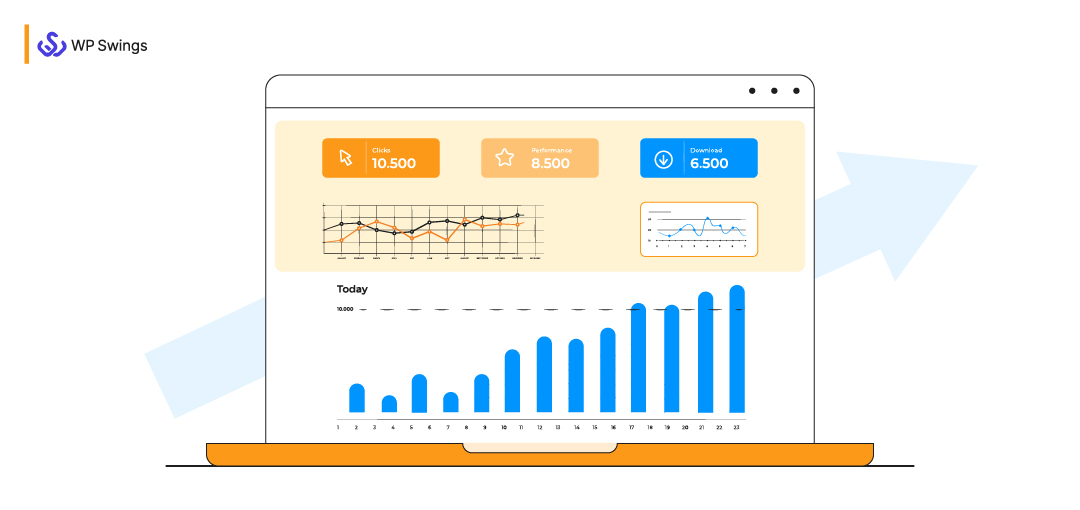
The traffic to your website is what sustains it. The most “organic traffic” we can generate is what we term our primary objective in SEO. And ideally, those quality leads that are interested in your brand are among the organic traffic.
In this article, we’ll examine the top 10 strategies with tips on how to boost the organic traffic in the following year. By providing some of the tools you need to truly excel at SEO, we want to rise above the sea of irrelevant and out-of-date advice.
Ready? Move along!
What Is Organic Traffic?
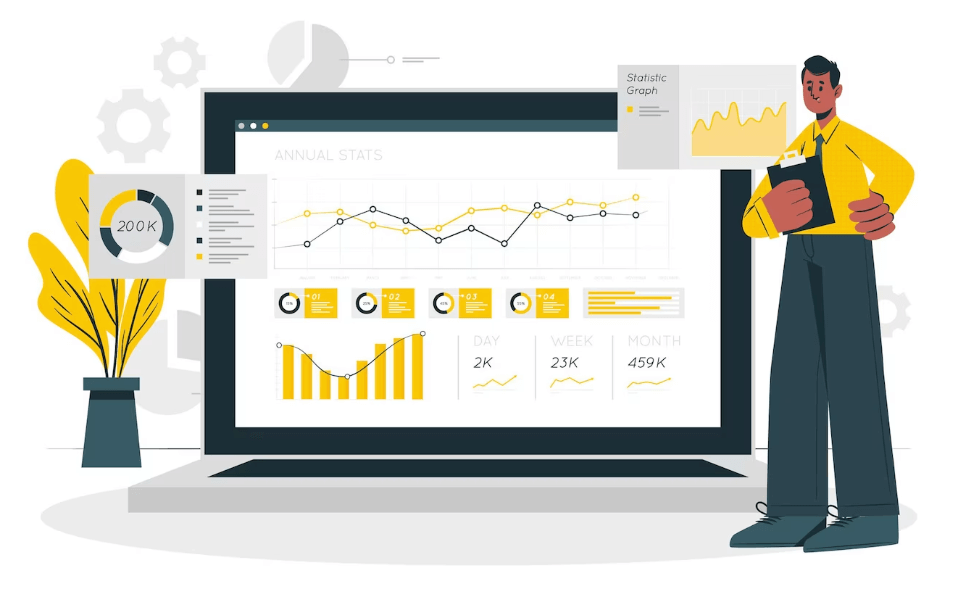
Organic traffic is the sort of web traffic that arrives from search engines. Websites are ranked by search engines like Google, Bing, and Yahoo depending on how helpful and relevant they are to users’ searches. Websites that are highly rated typically get more organic traffic than those that are ranked lower.
Making sure that those who are looking for something do so fast and easily is the basic objective of SEO. For instance, it makes sense to begin typing “shoe” into a search field rather than “buy shoes” if you want to purchase a pair of shoes.
A successful SEO plan should focus on producing high-quality content, establishing authority and trust, effectively optimizing your website, utilizing social media, and tracking results.
To boost organic traffic on your site, you can employ several tactics.
Let’s look more closely at how to boost the organic traffic on your website.
A fantastic place to start is these 10 suggestions:
1. Avoid Keyword Cannibalization
When you target a similar key phrase through multiple pages of your website, keyword cannibalization happens.
In other terms, keyword cannibalization is when one of your pages eats the other page’s traffic. This can happen because your two (or more) pages are competing with each other by ranking for a similar search on the same page.
Here’s an example of keyword cannibalization:

Now some of you may say, “Isn’t it good to rank at multiple positions on the 1st page of Google?”
Definitely, it is.
But if you look at the above example, both Crazyegg articles are focused on a similar topic. And when I checked both of them, I found plenty of similar points between them.
Here, you can say these blogs are stealing each other’s traffic because the accumulated number of visitors is being divided among both blogs.
I hope now the concept of keyword cannibalization is clear.
So before moving on to how to get rid of keyword cannibalization, you must know, “What’s NOT keyword cannibalization?”
Because this is something where many of us get confused. So let me clear these things up for you.
If 2 of your pages rank for a similar keyword, that doesn’t always mean keyword cannibalization.
For example, when you search for a mobile phone and you get its purchase and features page on two different spots. This doesn’t indicate keyword cannibalization. Since one page is made for the purchase and another shows its features. They both have different contexts.
How to fix keyword cannibalization:
👌Remove and redirect cannibalized pages
👌Canonicalization
👌Noindex
👌Re-optimizing pages
👌Reworking your internal linking structure
👌Merging & consolidating pages
👌Creating new Intent-Focused ContentMore https://t.co/NeLrWtwfCX.
— Semrush (@semrush) September 13, 2020
Tips to Fix Keyword Cannibalization
- Find out if any page is cannibalizing other traffic. You can do that by searching the “site:yourwebsite.com keyword” on Google. You can also use tools like Ahrefs for this.
- If you can, merge the content of both pages and delete the least performing one. Add 301 redirects while merging your content so you don’t lose any backlinks. If you can’t merge the pages, change the focus keyword, context, and anchor text.
- List all your website URLs and their focus keyword in a spreadsheet. Check for any duplicate values. If there are, act accordingly.
- You can also delete the page if you don’t need it on your website. If you want to keep the page but avoid cannibalization, you can de-index the pages. De-indexing will make sure that the pages will be on your site but won’t rank on SERPs.
- Use the rel = ”canonical” attribute to define a page as the main page if 2 of your pages have similar content. This will make sure that the main page will be indexed on the search engine.
2. Focus On Improving Page Speed
Page speed is a measurement of how fast the content loads on your page.
— Moz
It’s a vital factor in providing a better user experience. The report says,
- 40% of the users abandon the website that takes over 3 seconds to load, and 80% of visitors won’t return.
- Slow-loading websites cost retailers a loss of $2.6 billion every year in sales.
Google will lower your website’s rank if it finds that users are spending less time on your site. The lower your website ranks, the less visibility it’ll get. This ultimately affects your organic traffic as it gets hard for users to find your site.
Tips to Improve Page Speed
- Enable browser caching for faster website loading on returning visits.
- Reduce server response time up to 200ms.
- Remove any script you’re using on the page. Compress images under 100KB to use on your page.
- Reduce the size of your HTML, CSS, and JavaScript files to under 150KB. You can use Textfixer, and Gzip for this.
- Check and improve your page loading speed and server response time for both mobile and desktop to make sure no visitor leaves your site because of sluggish speed.
- Gtmetrix and Pingdom are some of the best tools you can use to test your page load time and site speed and improve it with these steps to boost organic traffic to your site.
3. Optimize for Voice Search
Voice search is going to take over text searches in the future.
Smartphones are playing a crucial role in fueling voice search growth. And smart speakers like Amazon Echo, Google Home, etc. are the icing on the cake.
Here’s an image from Finances online demonstrating the growth of voice searches:
According to the above image, half of the searches are voice-based now. And if you don’t want to stay behind, start optimizing your content for voice search.
Since voice search queries target long-tail keywords (that have lesser competition), it’s easier to rank there. Many brands still don’t optimize their content for voice-based queries, which leaves an opportunity you can exploit to improve your rankings.
If you start voice search optimization, you can get an organic traffic boost in the coming time. You can check some tips to know how to increase organic traffic for your site by optimizing voice search.
Tips To Optimize for Voice Search
- Create FAQ pages on your website.
- Use schema markup best practices to help search engines understand what information your page has.
- Use tools like Answerthepublic to find questions searched by people on the topic you’re writing.
- Make your content more conversational that provide answers in the language users often speak.
- Target long-tail keywords as I said earlier.
- Get listed on Google My Business to help local users find you.
- Optimize your content for mobile since most of the voice-based searches are done by mobile devices. User brief paragraphs, lists, and bullet points, so that Google can display your content in featured snippets.
Are You Getting Started With AI SEO for Content Marketing?
4. Build Links Cleverly
Link building is a smart way to boost organic traffic.
Reports say, 91% of the pages get no organic traffic since they don’t have backlinks.
When you add inbound or outbound links to your content, your pages get more visibility. As a result, more eyeballs on your web pages.
According to First Page Sage, a backlink is the 3rd biggest ranking factor for Google search algorithms.
But about link building, one thing you should keep in mind. If not done right, link building can be prejudicial for your website and can lead you to penalties, account suspension, etc. Thus, you need to make sure that you aren’t violating any policies while building links for your pages.
Explore How You Can Learn the Strategies for Creating Quality Backlinks for Your Website!
Tips To Do A Better Link Building
- Use descriptive text to add links to make users understand which page they will be redirected to after clicking the link.
- Avoid building over 2 reciprocal links from any website.
- Check for orphaned pages on your website. These are the pages that are not linked to any other page on your website.
- Interlinking all the orphaned pages on your website.
- Make your stats and reports on your page updated with the latest and not obsolete.
- If you are giving an outbound link to a website, check if it generates genuine and credible content. And if their spam score is low enough.
- If you’re linking to a web page and you are not sure about its credibility, use rel=”nofollow” on the anchor tag to avoid passing the link juice to it.
- Use internal linking to redirect users from one page to another to increase the Average Time on your pages.
- Incorporate international link building to reach a wider audience, diversify your backlink profile, and strengthen your global SEO presence.
5. Do Not Overlook Mobile Devices
In 2023, mobile devices generated 58.43% of all website traffic.
More than half of the users are using mobiles to access the internet. And if you don’t provide them with an awful experience, it can cause you huge traffic loss.
Hence, if you reverse engineer this thought, it’ll mean providing a mobile-friendly experience that can boost organic traffic on your website.
Here’s a fitting example of a mobile-optimized website. Lean Labs has taken mobile devices pretty seriously. Their site on mobile is easy to navigate, and the content is well-formatted and easy to read which has led to an organic traffic increase on their site.
Tips To Optimize Your Site For Mobile
- Code your mobile site on HTML5. Avoid flash, since many devices like iPhones don’t allow them to load.
- If your website has categories, define them clearly for easy navigation.
- Try to avoid pop-ups. They look good on the desktop but can bother users when displayed on mobile devices.
- Make your website responsive so it can have a flexible and adjustable design according to the screen size.
- Provide easy navigation on your site since the user doesn’t have a keyboard or shortcuts to navigate on your site.
6. Start Blogging. The Most Obvious Tip
I know you’ve heard this infinite times. But I had to include it because it’s a staple for every business that wants to boost organic traffic on their website.
What else would drive more traffic than content? And what else in content is better than blog posts? If you want to increase organic traffic, cover more keywords, and get more eyeballs, blogging could be the best choice for you.
It’s free, gives superb results, and also builds your reputation in the market with an increase in organic website traffic.
But you can’t start blogging just like that. If your blogs can’t engage users, remember, there’s always a replacement for you. So you need to be creative while writing blogs.
Are You Still Confused About How to Start Blogging?
Tips To Write Amazing Blogs That Generate Traffic
- Do not try to exceed or curtail the word count of a blog unnecessarily. If you can explain the topic in 1500 words, don’t increase the length. If your topic needs 5000 words, don’t try to finish it early.
- Write at least 8-10 headlines for every blog post and select the best one among them.
- A little clickbait title is fine. But do not promise something in the title you’re not offering in the content.
- Create a content cluster. This means creating a pillar page that covers a topic completely and linking child pages that cover its subtopics.
- Always proofread your blog thrice after completing it.
- Create a buyer persona to understand what type of readers will read a specific blog.
- Optimize your content, title, and URL for better readability, SEO, and CTR.
- Create shareable blogs like stat-related blogs, expert roundups, etc.
7. Rank in People Also Ask(PAA) Section
Do you know what the “People Also Ask” section is for? For those who don’t know, It is a section that contains questions related to the query the user has searched.
If you click any question, you’ll see a snippet with the link to the article in which it is written. Here’s an example:
Ranking in the People Also Asks or PAA section can give a significant push to boost organic traffic.
How?
Because 43% of search results have a People Also Ask section. And many users including me always check it.
Hence, if you try to rank for a keyword and can’t secure a place on the first page of Google, you can target the People Also Ask box. It’s easier to rank there and very few of the brands write content that can appear in this section.
Tips To Rank In People Also Ask Section
- Discover pages in your niche that rank for multiple keywords. You can use tools like SEMrush, or Ahrefs, etc. for this.
- Find out keywords that the page is currently ranking for.
- Look for the questions that are already there in the People Also Ask section.
- Try to create more questions and write their answers in your content.
- Do not forget the user’s intent while writing those questions and answers.
- Also, check whether you’re already ranking on any of those questions.
- Use conversational Q&A language while writing answers.
- Perform thorough research before you start writing and provide every piece of information that will satisfy the searcher’s intent.
- Make sure you’re writing answers in a format Google accepts to display answers in PAA boxes. You can use bullet list format and short paragraphs to write answers. They have a better chance of ranking in these sections and will boost organic traffic to the site.
8. Aim For Featured Snippets
Featured snippets are a rich source to boost organic traffic.
Reports say, 26% of the clicks go to the first URL if there’s no featured snippet. And if there is, the URL right below the featured snippet gets 19.6% of the clicks, a sudden drop of 6.4%.
This shows if you get featured snippets, chances are you’ll get more clicks and traffic. Apart from the traffic, featured snippets also generate a sense of credibility among the users.
Tips To Boost Chances Of Getting Featured Snippet
- Use bulleted or numbered lists in your blogs.
- Identify what kind of questions your audience asks.
- Write content that answers those questions the best.
- Try to add a Q&A page on your website for better chances of ranking in snippets. It will also help you rank in voice searches.
- Keep your answers between 50 to 55 words in length to have a chance of getting a featured snippet.
- If you can’t explain the concept in under 55 words, try to divide it into different steps with subheadings.
9. Create And Optimize XML Sitemap
XML Sitemaps contains a list of all important pages available on your website. You can say it is a kind of roadmap of your website that helps Google understand your website structure.
Moreover, an XML sitemap also helps Google identify the important pages of your website. Because you want all of your pages to rank but sometimes you create pages that are not linked with any other pages on your website, just like orphaned pages.
In this case, it gets hard for Google to find those pages but if you add them to your XML sitemap, Google can find them and crawl them on SERPs for indexing.
Since XML Sitemaps help Google crawl your pages an optimized sitemap can increase the visibility and rankings of your pages. And this will boost organic traffic.
To create your XML sitemap you can use the Yoast SEO plugin if you use CMS like WordPress. Google also lets you create a sitemap with its plugin Google XML Sitemap.
Tips To Create And Optimize Your XML Sitemap
- Create and submit your sitemap to Google Search Console. But you should not neglect Bing Webmaster Tools. Submit it there too.
- Before submitting your sitemap, ensure there are no errors.
- 50MB is the maximum file size for sitemaps. But you should try to keep it as low as possible. Gzip can be used to compress sitemaps.
- Generate XML sitemaps dynamically since they’re faster than statically generated sitemaps.
- Do not forget to reference your sitemap index URLs in your robots.txt file.
- Change your page’s modification time only when you’re making major changes on the page.
Want to Bring Up Your Online Store Into the Spotlight? Drive More Traffic and Rank Higher in SERPs
10. Visuals Are The New Normal
I have already said, nobody likes to read these days.
This is why the text has become sort of boring and users like to consume content they can watch and listen to.
Reports say people only remember 20% of what they read but a massive 80% of what they see. So you can guess the importance of visuals with this data.
Text is crucial. We cannot replace text but can use it in some other places where it can have a better impact.
Here visuals like images, infographics, and videos come in handy. You can use them to make your posts more engaging. This’ll boost user engagement, prompt them to read the complete article, and increase your website’s dwell time.
This results in a good sign on UX which can help you rank higher on SERPs. Even this page contains 4 videos and 14 images.
Tips To Increase Organic Traffic Through Visuals
- Instead of writing a stat in plain text, you can show it in an image. This will not only make your page look good but improve brand visibility since many bloggers use stat-oriented images in their blog posts.
- Try to embed videos and infographics in your blog posts, articles, or other pages wherever needed.
- Memes and GIFs are trending these days. Use them wherever possible.
- Write a descriptive alt text for the images you’re using. This will help users understand what kind of image is there if the images don’t load successfully.
- You can use (but don’t stuff) keywords in your images since images can also drive traffic just like blogs.
- If you write articles with plenty of subpoints, you can also create an infographic to display those points.
Take Away
CONTENT IS KING but it can also be dethroned by readers. Taking care of readers will make them hail your content for a long time and let you sit on top of SERPs.
Remember, you just can’t rank for a keyword by including it in your blog post 10-15 times.
A complete strategy is needed to climb on top of SERPs, maximize your organic traffic, boost profit and sales, etc.
Using these tricks can back your SEO campaign and lift your chances to get more visibility.
Any tip I missed (which I know I sure did since there are plenty of them), or any tip you have been using to boost organic traffic on your web pages?



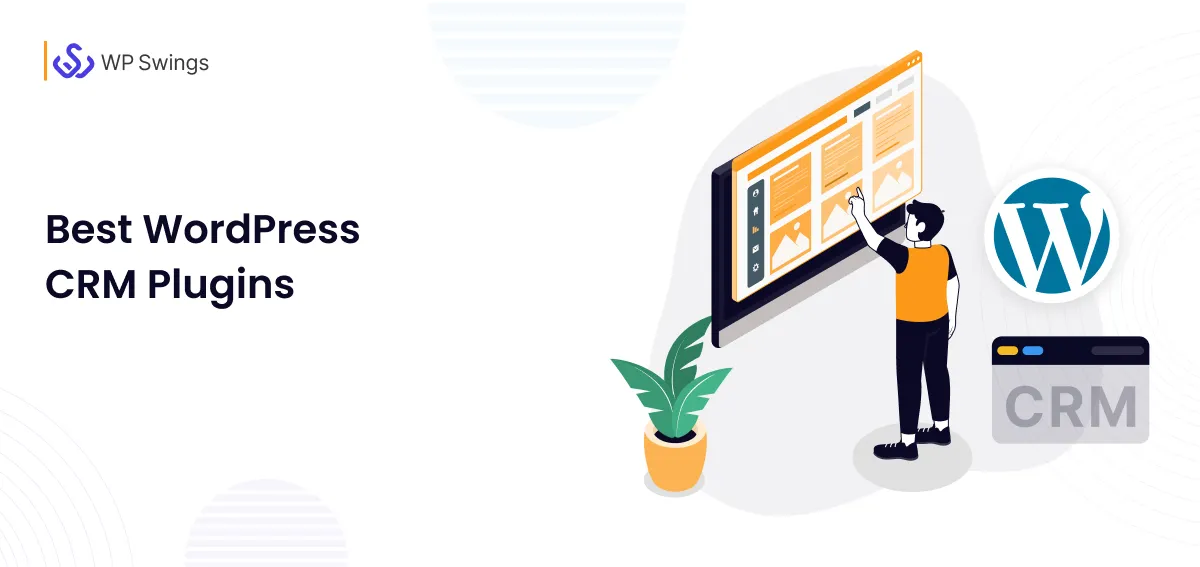
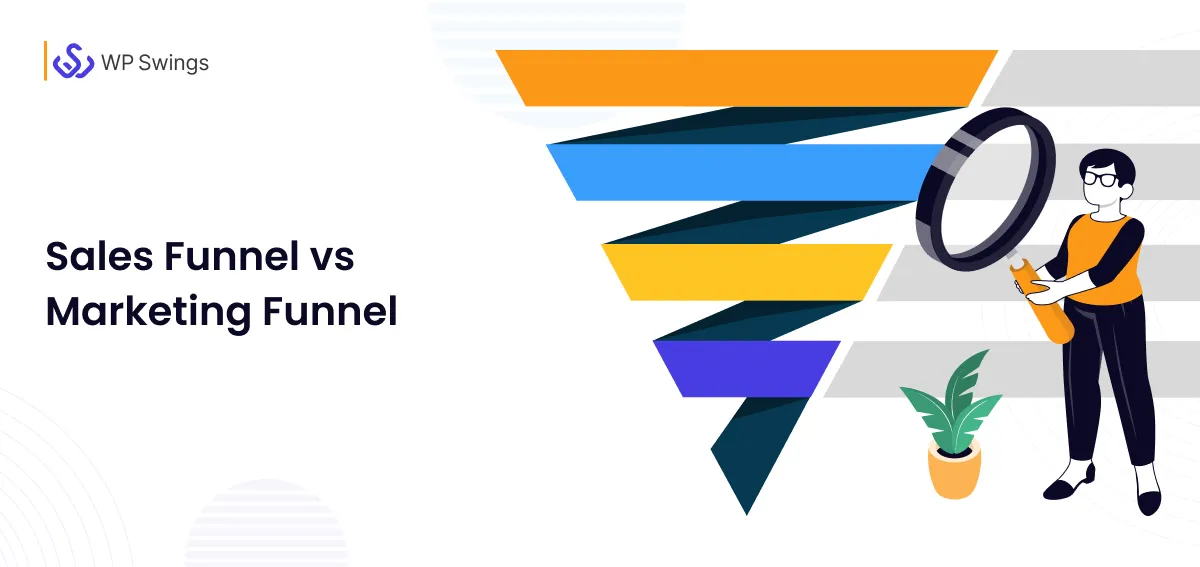
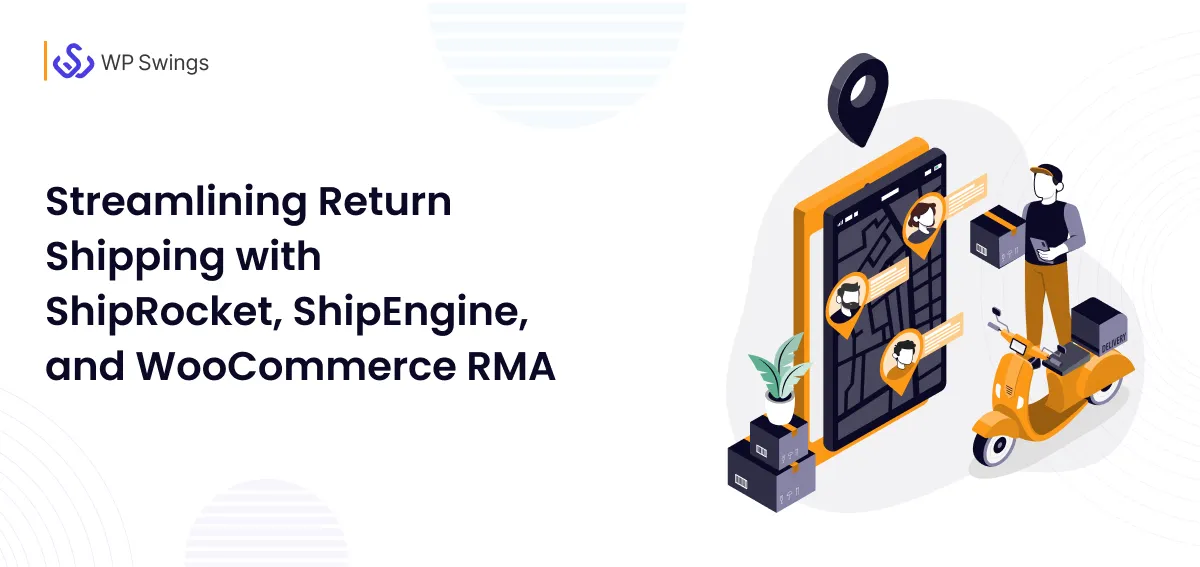

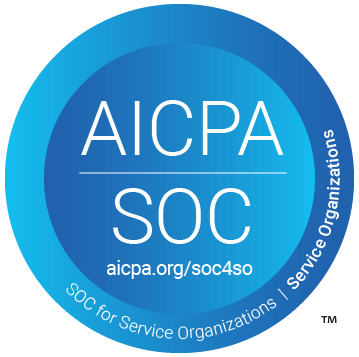

Great tips! Posting blogs on your website and updating website content on a regular basis is the best way to improve website traffic. Blogging will help you gain visibility on more keywords, and thus help your website get more traffic!
Excellent and informative article! I like the topic because it will be helpful to my SEO career. Thank you for sharing your knowledge. You are awesome!
Thanks for reading. Please share this article with more people.
Nice tips to increase organic traffic. Keep up the good work Abdul
You’re welcome. Thanks for extolling our work.
Boosting traffic can be done via paid way or non-paid way. Social signals and SEO is non paid options to get organic traffic.
Yeah, you are correct. It does add to your traffic growth.
Hello,
You have posted a nice and informative article named boost organic traffic, I learn a lot from your post. Go ahead, keep up the good work.
Regards
Thank you so much. Please do read more articles.
Great article. This tips are very helpful to increase traffic to our website. Thanks for sharing this wonderful tips.
Yes, really. I agree with told all above. Let’s discuss this question. Here or in PM.